Supposedly, the city of Kabyle that thrived in what is now Southeastern Bulgaria, was named after the Thracian Mother of Gods Cybele portrayed on the rocks of the Zaychi Vrah shrine. It was at the foot of this ancient astronomical observatory where one of the busiest trade and cultural centers in ancient Thrace emerged. Kabyle is the only Thracian city in Bulgaria that has been thoroughly researched. Its remains are scattered around the present-day town of Yambol. They have been restored and subject to conservation, and a state-of-the-art museum collection showcases artifacts found in the region. The collection has been financed with European funds and is the key highlight in Kabyle's archeological reserve.
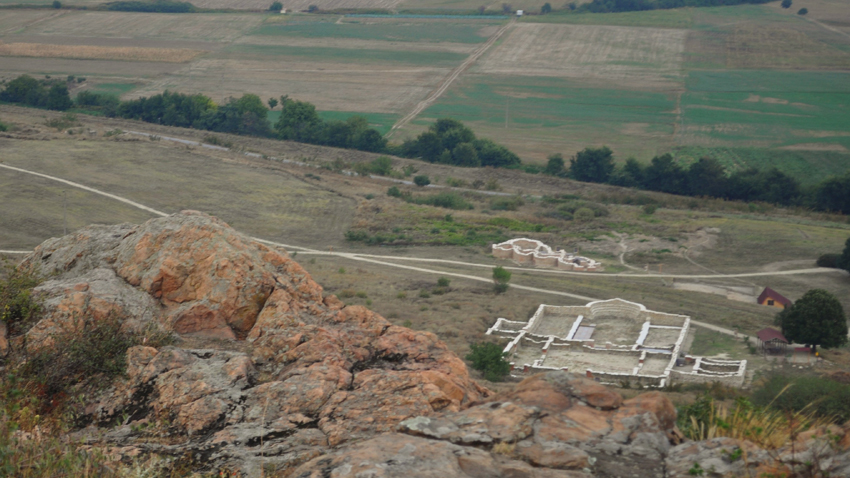
There is no modern town built over the territory of ancient Kabyle and this has facilitated archaeological research and conservation. It is supposed that the foundations of the city were laid at the end of the 2nd millennium BC. In the course of centuries the settlement expanded, got encircled by thick defensive walls, while at the same time houses, streets and temples were built. In 341 BC Alexander of Macedon conquered the city but after the collapse of his huge empire Kabyle was retaken by the Thracian tribe of Odrysae and became the residence of kings Spartokos and Skostokos. At the end of 3rd and the early 2nd c. BC Kabyle was one of the most prosperous cities in this part of Europe and had 7000 citizens. Archeologists have come across a temple to goddess Artemis, the patron of the local population, an altar to Apollo, houses and commercial buildings, a big city square and a grain store.
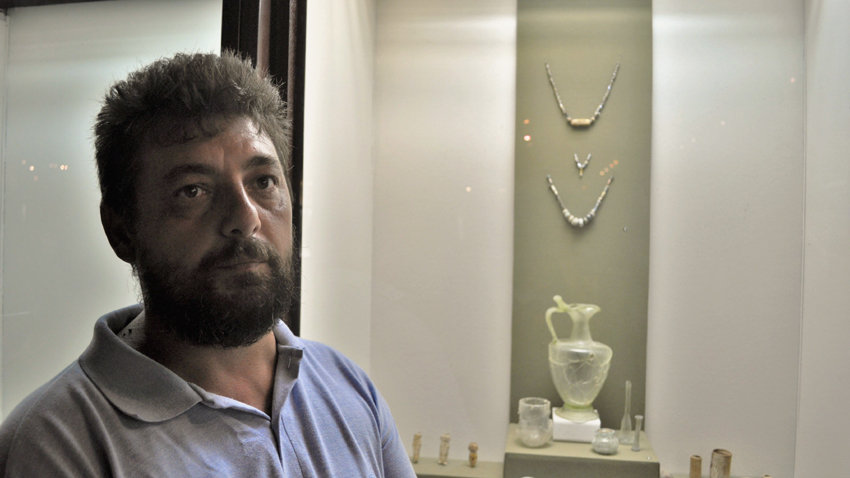 "Judging from archeological finds, the city was the home of many wealthy people”, says Stefan Bakardjiev, director of the Regional Museum of History in Yambol. "Sophisticated cutlery, lavish jewels, glass lachrymatories from Egypt (tear catchers, bottles or cups used to collect tears during funerals), numerous amphorae with seals from remote lands - all this speaks of well-to-do residents open to the world for various influences. Kabyle had its own mint to cut bronze and silver coins with the portrait of Artemis. Later, in the Roman Empire, the city turned into one of the largest military camps in the province of Thrace. "The total of 15 archeological sites have been found and researched here. These include parts of Thracian defensive walls with towers, two Roman thermae, two large barracks, a late Antiquity neighborhood, early Christian basilicas etc.”, Stefan Bakardjiev goes on to say. Some of those buildings have been restored, conserved and accessible for tourists.
"Judging from archeological finds, the city was the home of many wealthy people”, says Stefan Bakardjiev, director of the Regional Museum of History in Yambol. "Sophisticated cutlery, lavish jewels, glass lachrymatories from Egypt (tear catchers, bottles or cups used to collect tears during funerals), numerous amphorae with seals from remote lands - all this speaks of well-to-do residents open to the world for various influences. Kabyle had its own mint to cut bronze and silver coins with the portrait of Artemis. Later, in the Roman Empire, the city turned into one of the largest military camps in the province of Thrace. "The total of 15 archeological sites have been found and researched here. These include parts of Thracian defensive walls with towers, two Roman thermae, two large barracks, a late Antiquity neighborhood, early Christian basilicas etc.”, Stefan Bakardjiev goes on to say. Some of those buildings have been restored, conserved and accessible for tourists.
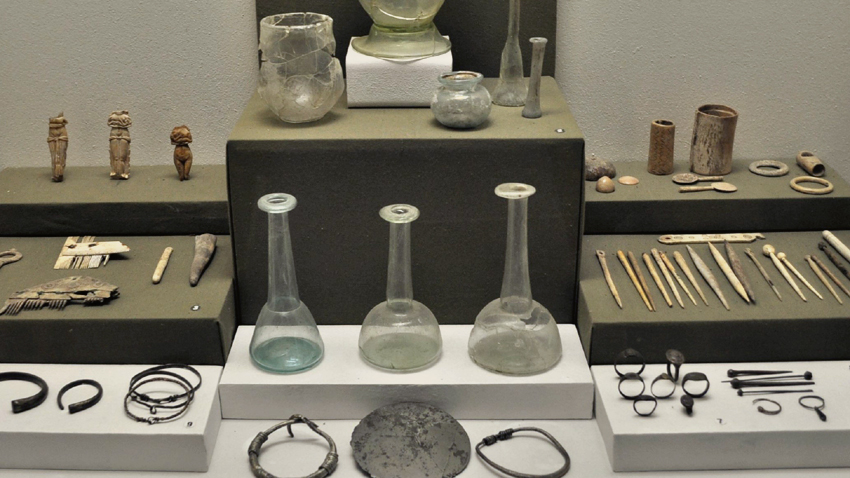
"Kabyle was a major early Christian center in what is Bulgaria today, and the basilica from 4 c. is maybe the largest one surviving in the country. According to historical sources Severus, the bishop of Kabyle, took part in the Second Ecumenical Council in Serdica held in 342. It is not accidental that we have two early Christian basilicas here. Mosaic pieces from one of them are displayed in the museum and the other one had a baptisterium (a christening chamber). We suppose that some of the earliest Christians in Europe lived in Kabyle.”
However, just like many other cities, Kabyle had its rise and fall. Following close to 1.5 millennia of existence the city of Alexander of Macedon, of the Thracian kings Spartok and Skostok and of Roman legionnaires collapsed as barbarian tribes invaded the region in 6 c.
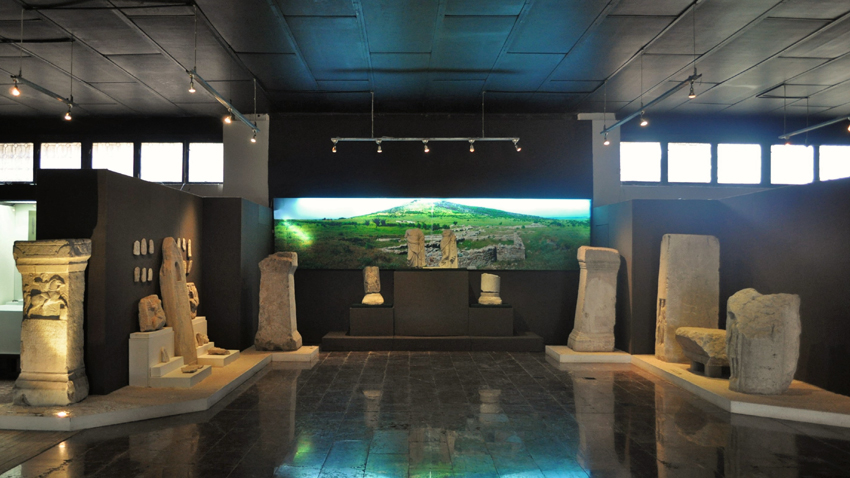
“In all likelihood those were Avars, Slavs and Proto-Bulgarians. There was a strong earthquake at that time that affected the bed of the nearby River Tundja. Its bed moved 2 km aside, the sophisticated sewerage system broke down and people fled the city”, Stefan Bakardjiev said.
This was the end of Kabyle, the legendary city, well-known in the era of Antiquity. Today the prosperous trade and cultural center has survived with a few ruins and with the sophisticated artifacts in the museum of the archeological reserve near Yambol. We can learn how its residents lived from reenactments organized in something like a castellum or a Roman camp where enthusiasts dressed up as Roman legionnaires present colorful shows to the visitors of the reserve.
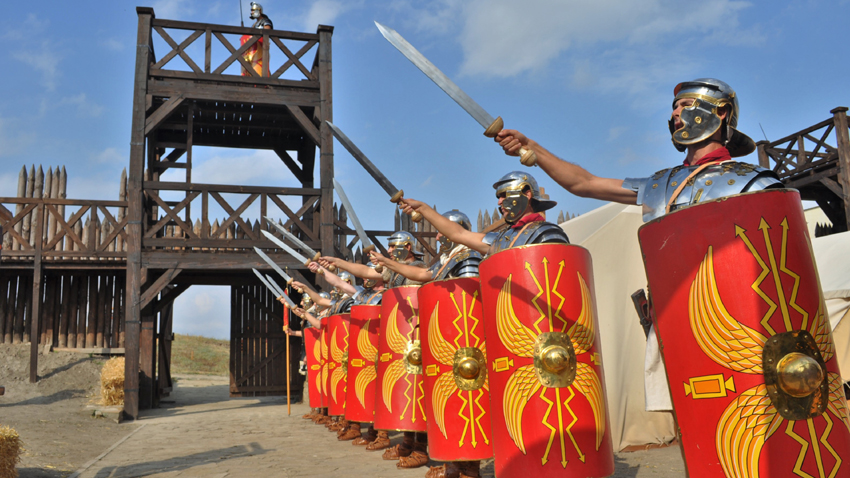
English Daniela Konstantinova
Photos: Veneta Nikolova“On 17 August 986 the warriors of Samuel smashed up on this spot the Byzantine invaders of Emperor Basil II. Glory forever!” These are the words engraved on a stone plate, placed at the Trayanovi Vrata (Gate of Trajan) fortress, situated some 60 km to..
The ancient Villa Armira, built in the second half of the 1 st century AD, is the most opulent Roman palace in what are today the Bulgarian lands. It once belonged to an eminent Thracian noble and was the manor house of his land tenure. It..
Nature is an unsurpassed architect. For millions of years it has worked to create its unique pieces: the crystals that inspire a feeling of brilliance, refinement and beauty. Shown together in the same place, these properties of colored minerals..

+359 2 9336 661
